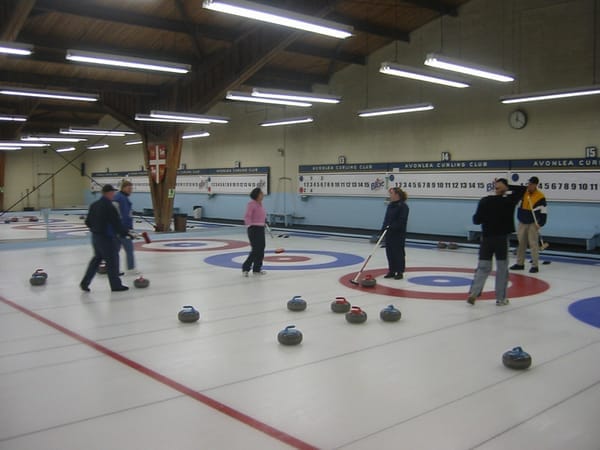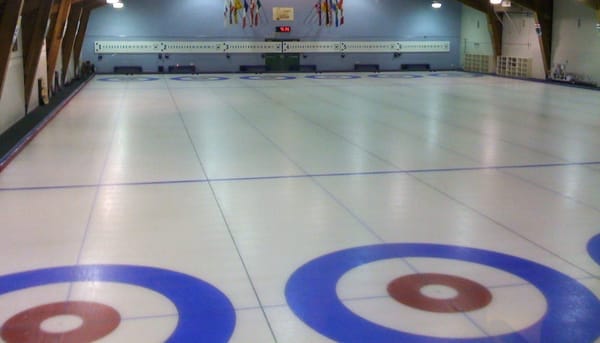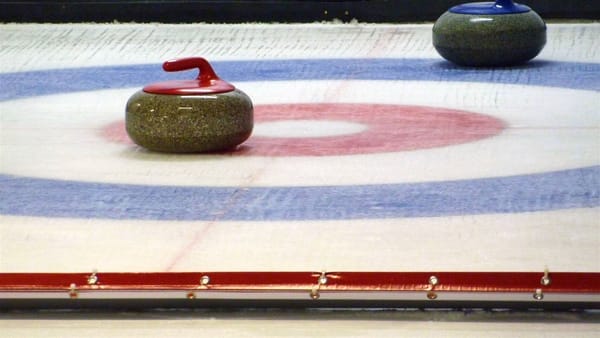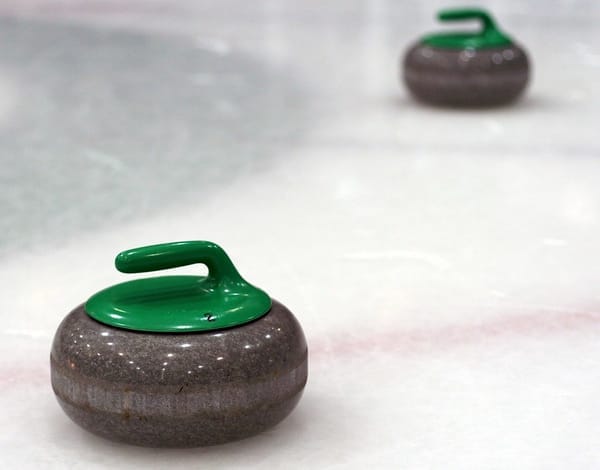How the Ice Scraping Machine Transformed the Game

Curling, often called "chess on ice," has seen significant evolution over the years. One of the most pivotal changes came with the invention of the ice scraping machine in the 1980s. Along with the introduction of purified water, this innovation marked the beginning of a new era for the sport, altering gameplay and strategy in profound ways.
Faster Ice, More Curl
Before the advent of the ice scraping machine, curlers contended with crude ice surfaces. Pebble buildup from repeated play, combined with debris from traditional corn brooms, resulted in slower and straighter ice. The introduction of the scraping machine enabled regular maintenance of the ice, producing a faster, smoother playing surface that allows for more pronounced curl. This transformation has not only enhanced the speed of the game but also made the curling experience more engaging for both players and spectators.
Shift from Takeout to Draw Game
The enhanced ice conditions have ushered in a fundamental shift in gameplay. Traditionally, curling was dominated by takeout strategies, where players focused on removing opposing stones. However, with the faster, curlier ice created by the scraping machine, the game has evolved towards a finesse-oriented draw game. Now, draw shots are integral to play at all levels, allowing for more creative and strategic gameplay. This shift has opened up new dimensions of strategy, making matches more exciting and dynamic.
The Importance of Ice Maintenance
With the benefits of faster ice come the challenges of maintaining it. The scraping machine has underscored the critical role of ice technicians in ensuring consistent playing conditions. These professionals are now tasked with monitoring and adjusting the ice to maintain optimal surface temperature and pebble size, which directly impacts speed and curl. As a result, ice maintenance has become a central aspect of curling, highlighting the importance of expertise in this area.
Increased Focus on Strategy and Shot-Making
As the game has become faster and more dynamic, the emphasis on strategy and shot-making has intensified. Skips, or team leaders, must now consider the specific ice conditions—such as speed and curl—when calling shots and formulating game plans. This evolution requires a deep understanding of the ice and the ability to adapt strategies on the fly, making each match a test of both skill and tactical acumen.
The Rise in Timing Rocks
In response to the changes brought about by the scraping machine, timing has become an essential element of the game. Teams now meticulously measure the timing of rocks to assess ice speed and make necessary adjustments to their throws and sweeping techniques. This data-driven approach allows teams to optimize their performance, turning every match into a strategic battle of wits and precision.
Conclusion
The introduction of the ice scraping machine in the 1980s revolutionized curling, creating faster, more consistent ice surfaces that have made the game more exciting and dynamic. The shift from takeout strategies to draw-focused gameplay, combined with an increased emphasis on ice maintenance and strategic shot-making, has transformed how curling is played at all levels. As the sport continues to evolve, one thing is clear: the impacts of this innovation will be felt for generations to come, further solidifying curling's reputation as a thrilling blend of strategy and skill.



